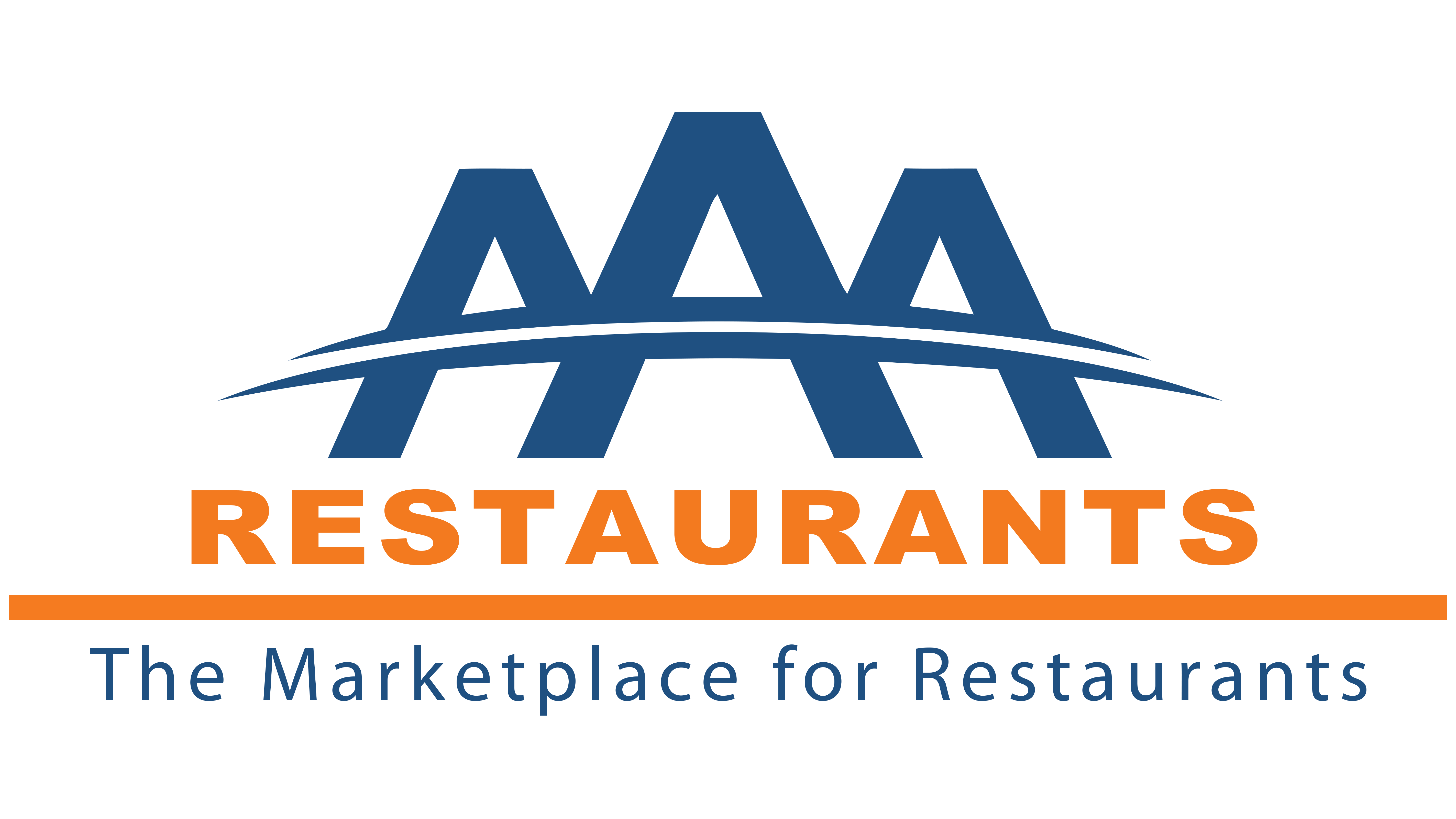
If you operate a food service business or cafeteria, it is crucial to educate yourself about common food allergens and how to prevent allergic reactions. According to the CDC, approximately 6.2% of adults and 5.8% of infants and young children in the United States suffer from food allergies. While safely serving patrons with food allergies may appear daunting, there are essential food safety practices and procedures that can significantly reduce the risk of allergic reactions. In this article, we will delve into the major food allergens, allergen labeling, and steps to protect your customers.
Find Color-Coded Cookware |
The 9 Primary Allergens
Out of the over 160 known food allergens, a select group known as the "Big Nine" is responsible for a staggering 90% of all food allergy reactions. Consuming these particular foods can be highly dangerous for individuals with allergies, often leading to severe or life-threatening reactions.
Dairy MilkA dairy milk allergy is among the most prevalent food allergies in infants and young children. Those allergic to cow's milk should also avoid milk from other domestic animals. For coffee shop owners, it's essential to explore alternatives like non-dairy creamers for coffee. Common Dairy Allergen Sources: Buttermilk, cheese, pudding, sour cream |  |
 | EggsEgg allergies are common, especially among young children. The proteins triggering allergic reactions are primarily found in the egg whites, making it necessary for sensitive individuals to completely avoid eggs, as separating egg whites from yolks is impractical. Common Egg Allergen Sources: Baked goods, macaroni, marshmallows, mayonnaise |
PeanutsPeanuts, distinct from tree nuts like walnuts and almonds, grow underground and belong to the same family as beans, peas, lentils, and soybeans. Peanuts and tree nuts often cross paths during manufacturing and serving processes, posing risks to allergic individuals. Common Peanut Allergen Sources: Baked goods, candy, peanut butter, mixed nuts |  |
 | Tree NutsTree nuts encompass cashews, pistachios, hazelnuts, walnuts, Brazil nuts, almonds, and coconuts. Individuals allergic to one type of tree nut are usually allergic to others as well. Cross-contact between tree nuts and peanuts is common during food processing. Common Tree Nut Allergen Sources: Nut butter, pesto, artificial nuts, nut-based milk alternatives |
FishOver 50% of people allergic to one type of fish are also allergic to other fish varieties. Avoiding seafood restaurants and fish markets is advisable due to the high risk of cross-contact. Common Fish Allergen Sources: All types of fish |  |
 | ShellfishShellfish are divided into two categories: crustacea (shrimp, crab, lobster) and mollusks (clams, mussels, oysters, scallops). Crustacea, particularly, can trigger severe reactions. Allergic reactions to shellfish do not necessarily indicate an allergy to fish, but caution is still required. Common Shellfish Allergen Sources: Crustaceans, mollusks |
SoySoybeans, part of the legume family, may not be a staple in American diets but are commonly used in processed food products and serve as the foundation for many meat substitutes. Common Soy Allergen Sources: Edamame, soy sauce, tofu, tempeh |  |
 | WheatWheat poses a significant risk to those with wheat allergies and celiac disease. Wheat allergy involves an immune response to wheat proteins, while celiac disease is an autoimmune disorder triggered by gluten, found in wheat, barley, and rye. To accommodate wheat-allergic guests, use gluten-free ingredients and consider alternative grains like quinoa, rice, and buckwheat. Common Wheat Allergen Sources: Bread, pasta, couscous, flour, seitan |
SesameSesame seeds are the latest addition to the Big Nine allergens. Allergic reactions are mainly caused by proteins in sesame seeds, prompting individuals with a sesame allergy to avoid all products containing sesame seeds, sesame flour, and sesame oil. Care must also be exercised when consuming baked goods, as sesame seeds are frequently used in bakery items and may come into contact with other ingredients. Common Sesame Allergen Sources: Baked goods, chips, Asian dishes, Mediterranean dishes |  |
In conclusion, understanding and properly managing food allergens are crucial responsibilities for food service businesses and cafeterias. By taking these allergens seriously and implementing appropriate safety measures, you can create a safer dining experience for all of your patrons, especially those with food allergies.
Sources: https://www.webstaurantstore.com/article/22/food-allergy-overview.html
The information provided on this website does not, and is not intended to, constitute legal advice. Please refer to our Terms Of Use for more details.
